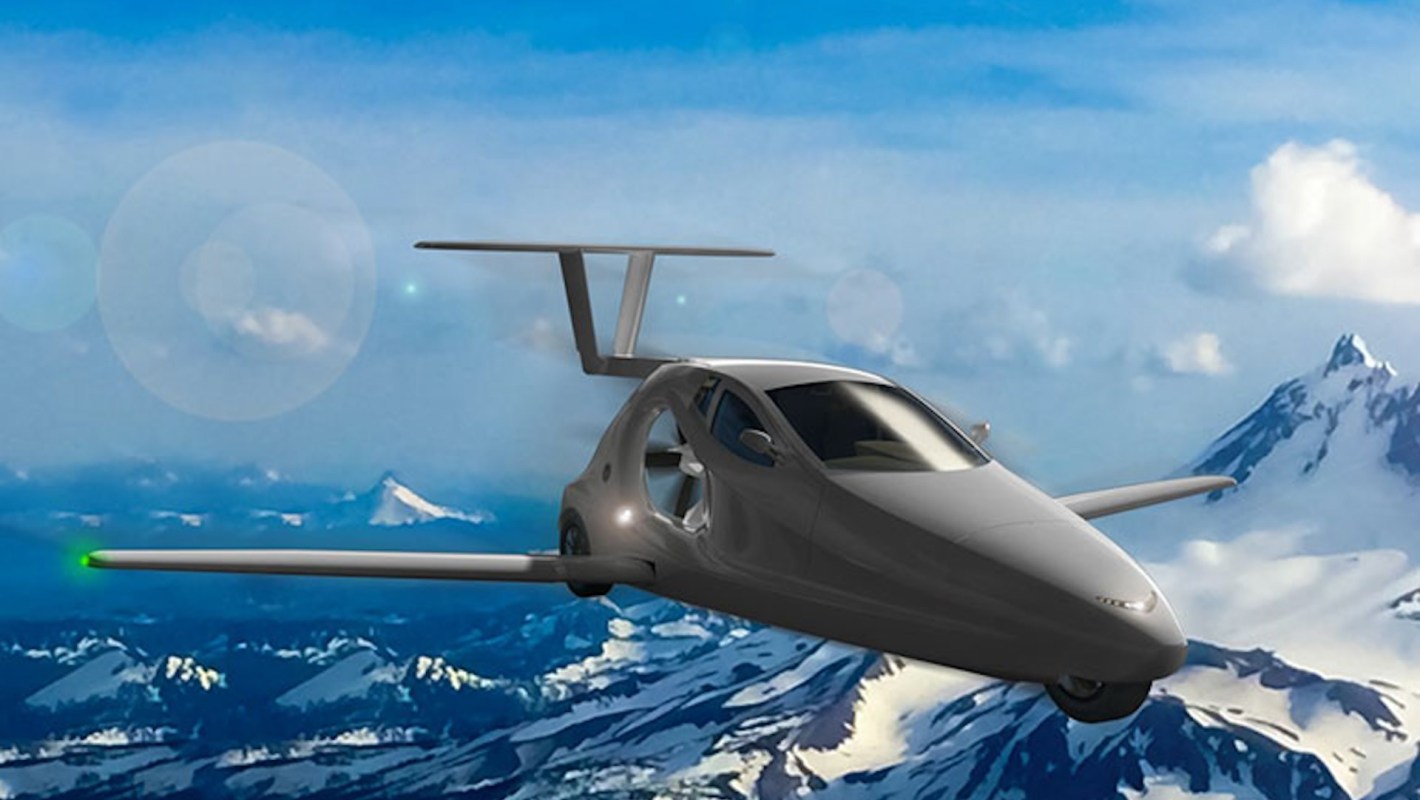The concept of flying cars is becoming a reality, with Oregon-based Samson Sky making significant strides in its development. The company’s Switchblade flying car is on track for deliveries as early as 2026, following a recent partnership with Slovenian Company Beyond Motors to source its electric motor system.
Key Features of the Switchblade
The Switchblade boasts impressive performance capabilities, reaching speeds of up to 100 miles per hour on the road and 160 miles per hour in the air. With a range of 500 miles in the air, it presents exciting possibilities for regional travel. The vehicle’s design allows owners to park it in their own garage and drive to the airport for flight, making it a practical option for those looking to combine road and air travel.
Technical Specifications
- Speed: Up to 100 mph on roads, 160 mph in air
- Range: 500 miles in air
- Conversion Time: Under 3 minutes from road vehicle to aircraft
- Fuel: Premium gasoline available at standard gas stations
- Price: Listed at $170,000
Comparison with Competitors
Samson Sky faces competition from companies like Klein Vision, which is targeting high-end customers with price points ranging from $800,000 to $1.2 million. In contrast, the Switchblade is positioned as a more affordable option at $170,000. The company is also exploring more environmentally friendly options, noting that its use of unleaded premium gas makes it a ‘Green vehicle’ compared to traditional aircraft that use leaded aviation fuel.

Future Developments and Challenges
While the Switchblade shows promise, the industry faces challenges, including regulatory approvals. Currently, only Minnesota and New Hampshire have adopted the necessary legislation to allow flying cars to drive to airports. The FAA will oversee the flying aspect of the vehicle’s operation. Despite these challenges, Samson Sky has seen significant interest, with over 2,400 refundable reservations made, totaling $405 million.
As the flying car industry continues to evolve, companies like Samson Sky, Joby Aviation, and Cyclotech are at the forefront of innovation. The development of more sustainable fuels and all-electric aircraft promises to transform urban and suburban transportation, reducing pollution and traffic congestion. With Samson Sky set to produce a test fleet of three vehicles in parallel with the design of a production facility, the future of flying cars looks increasingly promising.


